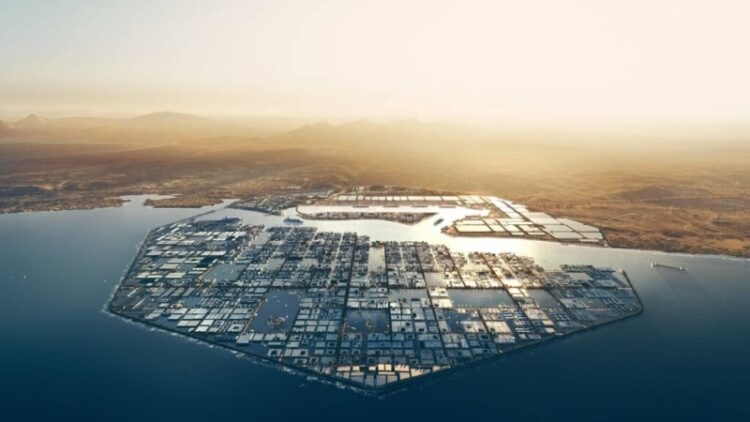Publisher: Maaal International Media Company
License: 465734
Vision 2030 brings about a major shift in diversifying budget’s sources of income: Oil revenues share declines from 90% to 62%
اقرأ المزيد
Oil revenues represented more than 90% of the total revenues of the Saudi general budget before the start of Vision 2030, while non-oil revenues did not exceed 10%. With the start of Vision 2030, the Kingdom’s budget witnessed a noticeable shift in diversifying sources of income from total reliance on oil revenues to partial reliance, as the percentage of oil revenues decreased to 62% in 2023, while non-oil revenues increased to 38% by the end of 2023.
According to statistical tests, the strength of the correlation between oil prices and total revenues showed a strong result estimated at 0.94. In this report, we will review the achievements of Vision 2030 and the ambitions that were embodied during the past period with regard to the budget.
Saudi Arabia’s Budget:
In previous periods, especially before Vision 2030, the Kingdom suffered from a sharp budgetary disparity, as there was a close link between oil price fluctuations and government spending. When oil prices rise, spending within the economy increases, and money flows towards projects, while in the event of a decline in oil prices, financing for projects is negatively affected, or reserves are resorted to compensate for the deficit.
From here, it becomes clear that the Kingdom’s budget lacks the necessary flexibility in its spending and revenue policies, as oil revenues constituted 90% of total revenues before Vision 2030, reflecting the strong relationship between oil prices and the Kingdom’s budget, with a low level of flexibility.
However, by 2016, the percentage of oil revenues began to decline, while the percentage of non-oil revenues increased, as shown in the illustration below.
Development of non-oil revenues
We notice in the blue line a significant increase in the percentage of non-oil revenues compared to the total, as this percentage was less than 10% in 2010, until 2013, then rose in 2014 to 12%. By 2015, these revenues witnessed a huge jump to reach 27% of the total, to continue to rise in 2016 to 36%.
In the following year, non-oil revenues amounted to about 37% of total revenues, but declined in 2018 to 36%. However, they returned to stabilize their balance in 2019 at 36%, and in 2020, non-oil revenues achieved an increase of 47%. However, in 2021, they witnessed a decrease to 42%, and continued to decline until they reached 38%.
It is noteworthy that this decline is linked to an increase in oil revenues, while non-oil revenues continue to rise, ending 2023 with an amount of approximately 451 billion riyals.
Oil revenues from total revenues decrease from 90% to 62%
We can see from the red line in the figure above that oil revenues in 2010 constituted an amazing 90%, and this percentage remained stable until 2014. However, in 2015, these revenues began to shrink to reach about 73% of total revenues. In 2016, they decreased to 64%, then decreased again to 63% in 2017. However, these revenues witnessed a slight increase in 2018 to reach 67%, before declining again to 64% in 2019. In 2020, they decreased to 53%, but in 2021 they rose again to reach 58%. In 2022, it jumped to 68%, before settling at 62% in 2023.
What was achieved during the Vision period in terms of the budget?
Oil revenues witnessed a significant decline, falling from 90% before Vision 2030 to 62% in 2023, while non-oil revenues increased from about 10% before the Vision to 38% in 2023. This radical shift is attributed to the Kingdom’s ambition to diversify its revenue base and strengthen its financial position, by imposing a set of taxes such as value-added tax and financial compensation, in addition to adjusting energy prices, diversifying its investments, and privatizing some government services.
These strategies embody positive results on the Kingdom’s budget, although some Vision projects are still in the construction phase and have not yet been completed, and the profits of the Public Investment Fund are not included in the budget. It is expected that the percentage of oil revenues from the total budget revenues will witness a significant decline in the coming periods, especially with the Vision projects entering the commercial operation phase. As for the fund’s profits, the hope is that they will be reinvested, which means that they will not be added to the Kingdom’s budget, as the fund aims to increase its assets to more than 10 trillion riyals by 2030.








